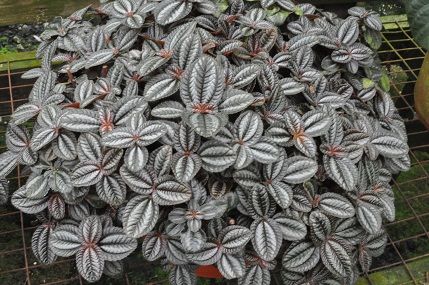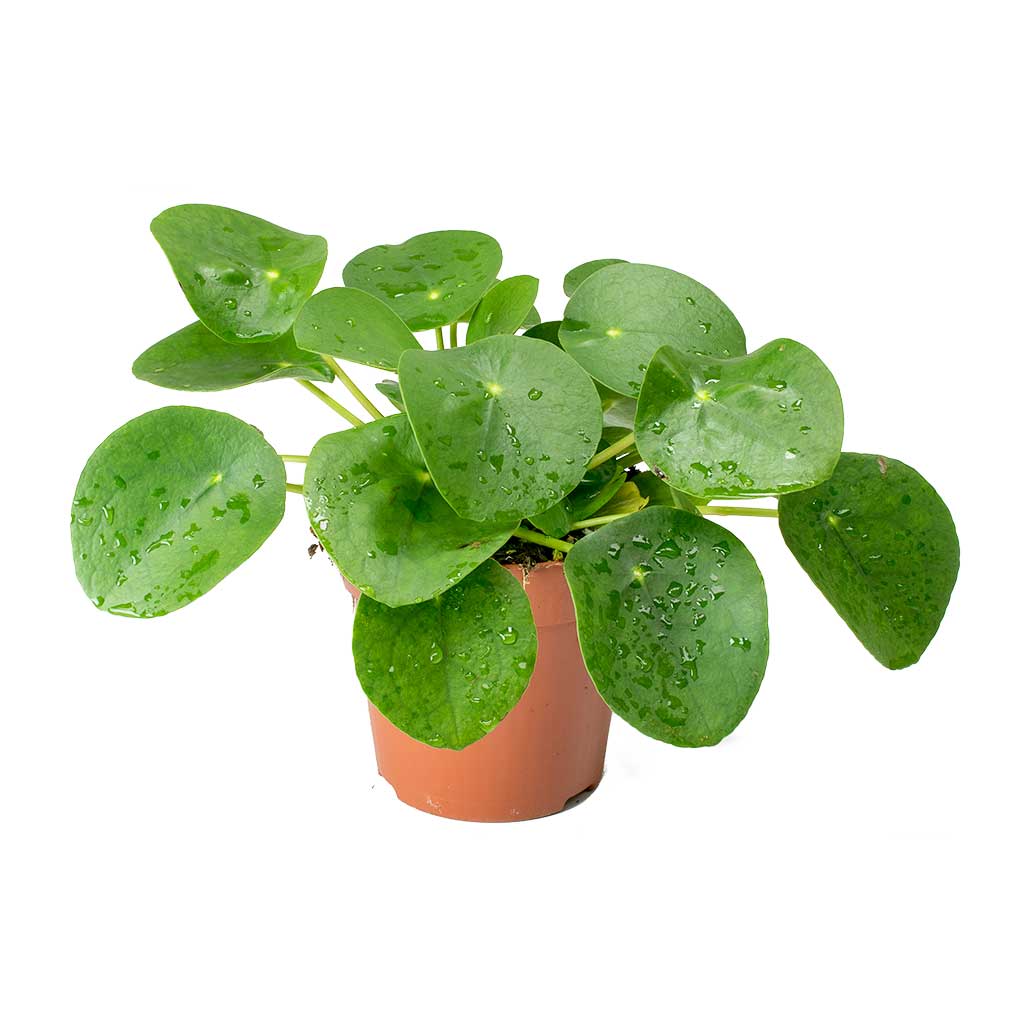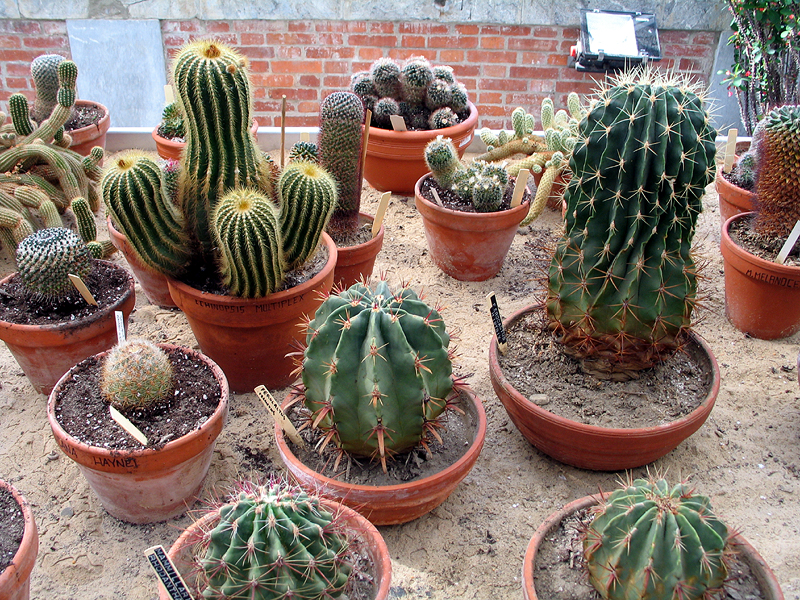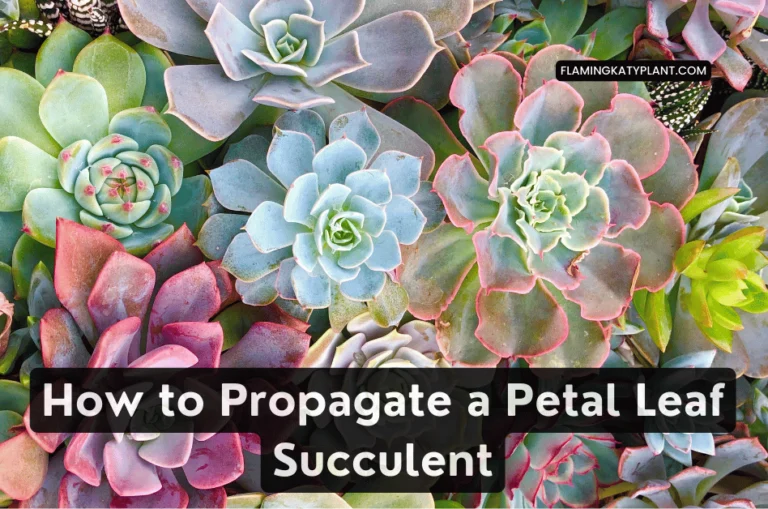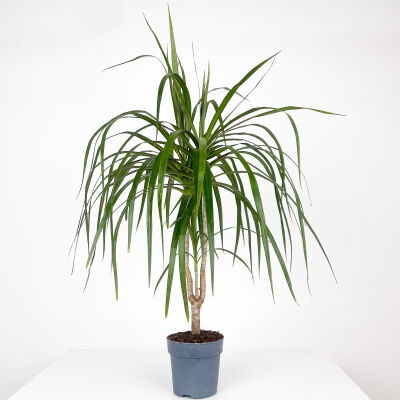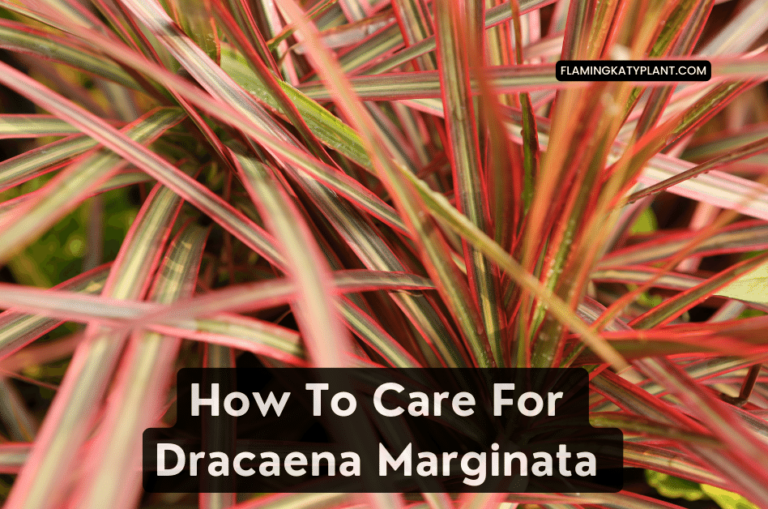How To Care For Friendship Plant (Pilea involucrata)
How to Care for Friendship Plant (Pilea involucrata): A Detailed Guide
The Friendship Plant, also known as Pilea involucrata, is a charming houseplant admired for its textured, quilted leaves and ease of care. Native to Central and South America, this plant is a favorite among plant enthusiasts and beginners alike. Here’s a comprehensive guide to help you care for your Friendship Plant and keep it thriving.
1. Light Requirements
Friendship Plants thrive in bright, indirect light but can also tolerate low light conditions. Direct sunlight can scorch the leaves, so it’s best to place your plant near an east or north-facing window where it can receive filtered light. If natural light is limited, fluorescent or LED grow lights can be used to supplement.

2. Watering
Water your Friendship Plant when the top inch of soil feels dry to the touch. Pilea involucrata prefers consistently moist soil but does not like to sit in water, which can lead to root rot. Use room temperature, distilled, or rainwater to avoid chlorine and other chemicals that can harm the plant. Water thoroughly until water drains out of the bottom of the pot, then empty the saucer to prevent the roots from sitting in water. During the growing season (spring and summer), you may need to water more frequently. Reduce watering in the fall and winter, allowing the soil to dry out slightly between waterings.
3. Humidity
Friendship Plants thrive in moderate to high humidity environments, ideally between 50-70%. If your home is dry, especially during winter, increase humidity by:
- Using a humidifier near the plant.
- Placing the pot on a tray filled with water and pebbles.
- Grouping plants together to create a micro-humid environment.
- Regularly misting the leaves with water.
4. Temperature
Pilea involucrata prefers temperatures between 65-75°F (18-24°C). It is sensitive to cold drafts and sudden temperature changes. Keep the plant away from windows or doors that may have cool drafts and from heating or air conditioning vents. Avoid exposing the plant to temperatures below 55°F (13°C).
5. Soil and Potting
Friendship Plants require well-draining soil. A good mix is one part potting soil, one part peat moss or coco coir, and one part perlite or sand. This combination ensures good drainage while retaining some moisture. Repotting should be done every 2-3 years or when the plant becomes root-bound, ideally in the spring. Choose a pot that is only slightly larger than the current one to avoid excess moisture retention.
6. Fertilizing
Feed your Friendship Plant every 4-6 weeks during the growing season with a balanced, water-soluble fertilizer diluted to half strength. Avoid fertilizing in the fall and winter months when the plant’s growth slows. Over-fertilizing can lead to a buildup of salts in the soil, which can harm the plant. Organic fertilizers, like fish emulsion or worm castings, can also be used sparingly.

7. Pruning
Regular pruning helps maintain the plant’s shape and encourages bushier growth. Use clean, sharp scissors or pruning shears to trim back any leggy or overgrown stems. Remove any yellow or damaged leaves to keep the plant healthy. When pruning, always cut just above a leaf node to encourage new growth. Pruning also helps improve air circulation around the plant.
8. Propagation
Friendship Plants are easy to propagate through stem cuttings:
- Stem Cuttings: Take a cutting with at least one node and a few leaves, and place it in water or a moist soil mix. If rooting in water, change the water every few days to prevent stagnation. Once roots develop, transfer the cutting to a pot with well-draining soil. Keep the new plant in a warm, humid environment until it establishes new growth.
9. Pest and Disease Management
Friendship Plants can be susceptible to pests like spider mites, aphids, and mealybugs. Regularly inspect the plant for signs of pests, such as sticky residue, webbing, or visible insects. Treat infestations with insecticidal soap, neem oil, or by wiping the leaves with a damp cloth. Proper watering and good air circulation help prevent fungal and bacterial diseases. If you notice any signs of disease, such as black spots or yellowing leaves, remove the affected areas and adjust watering practices.
10. Special Care Tips
- Leaf Care: The leaves of Friendship Plants can collect dust, which can interfere with photosynthesis. Clean the leaves gently with a damp cloth or sponge to keep them looking their best. Avoid using leaf shine products, as they can clog the pores on the leaves.
- Propagation Gifts: Due to the ease of propagation, Friendship Plants are often shared among friends and family, which is how they got their common name. Propagate a few cuttings and give them as gifts to share the joy of this charming plant.
Conclusion
Friendship Plants, with their attractive foliage and easy care requirements, can be a delightful addition to your indoor garden. By providing the right light, moisture, and environment, you can enjoy the beauty and growth of this plant for years. Regular maintenance, including proper watering, fertilizing, and pruning, will ensure your Friendship Plant remains healthy and vibrant. Whether you are a seasoned gardener or a beginner, Pilea involucrata offers a rewarding and visually captivating plant care experience.
